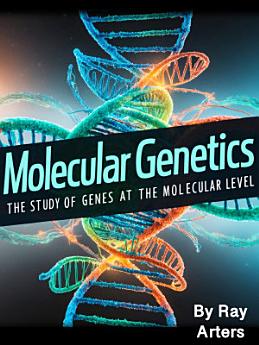Molecular Genetics: The Study of Genes at the Molecular Level
About this ebook
The discovery of DNA as the molecular basis of heredity emerged from elegant experiments that demonstrated the transformative power of this molecule, beginning with Frederick Griffith's transformation experiments and culminating in the demonstration by Oswald Avery, Colin MacLeod, and Martha Chase that DNA, not protein, serves as the hereditary material. These foundational studies established that genetic information could be transferred between organisms through specific molecular substances, laying the groundwork for modern molecular genetics.
DNA structure, elucidated by James Watson and Francis Crick through X-ray crystallography data from Rosalind Franklin, revealed the double helix architecture that immediately suggested mechanisms for both replication and information storage. The antiparallel arrangement of complementary strands held together by specific base pairing between adenine and thymine, and guanine and cytosine, provided the chemical basis for genetic stability while enabling the template-directed synthesis required for accurate replication.








